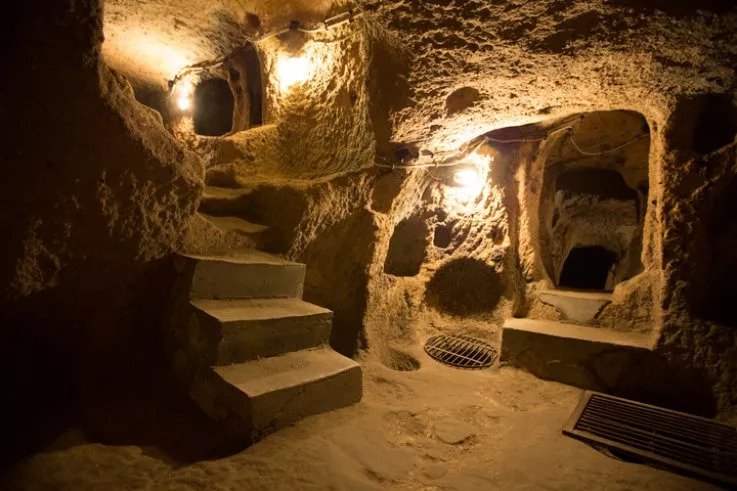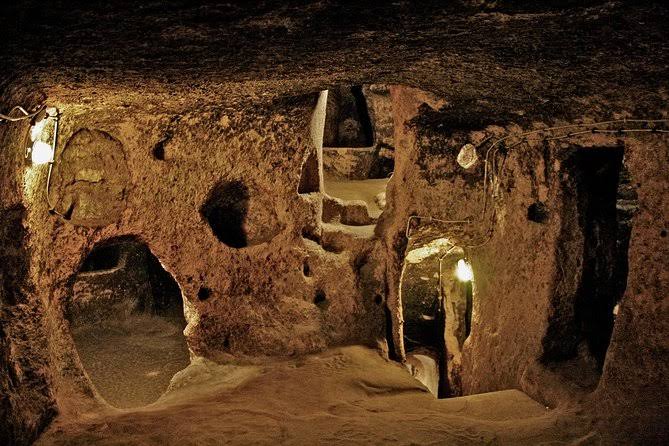An ancient underground city in central Turkey has been discovered by shepherds
Researchers who have been cataloging the underground settlements in the area since 2014 have uncovered the amazing city in Turkey’s Kayseri province.
Locals in the Gesi district told them about the presence of the cave and what they discovered was pretty outstanding.
The cave, named the Belagasi Underground City, contains 52 chambers, is 80 meters in length, and authorities are now planning on opening it up for tourists to visit.

Also on the mountainside around the city, a church and other buildings were discovered.
This gives an idea of its age, “there are many underground cities built by Christian peoples, particularly between the 6th and 11th centuries,” according to the Obruk Cave Research organization.
The area has other similar caves, but it is thought this could be the first one with more than 50 chambers.
The size of the city was probably increased in line with the growing population of the ancient settlement.
Underground settlements were often inhabited in ancient times as they offered protection from invasions and bad weather; they were not designed to be long-term abodes.
Cave cities contained drainage systems, food storage, homes, and even transport and shops. Like other underground cities in Kayseri, Belağası was built in a horizontal fashion.
That style marks them out from caves found in nearby Cappadocia, which with its fairytale landscape is one of Turkey’s top tourism destinations.
Thought to have been first carved out by the Hittites, the vast network of underground cities in Cappadocia was first mentioned by the ancient Greek historian Xenophon in the 4th century BC.
During the 6th and 7th centuries, Byzantine Christians extended the cities and used them as a means by which to escape persecution.
Four of the most interesting to visit are Kaymaklı Underground City, with a maze of tunnels and rooms carved eight levels deep into the earth

Derinkuyu Underground City, which has large, cavernous rooms arrayed on seven levels; Gaziemir Underground City, where you can see churches, a winery with wine barrels, food depots, hamams and tandır (clay-oven) fireplaces; and Özlüce Underground City, which is less developed and less crowded.





